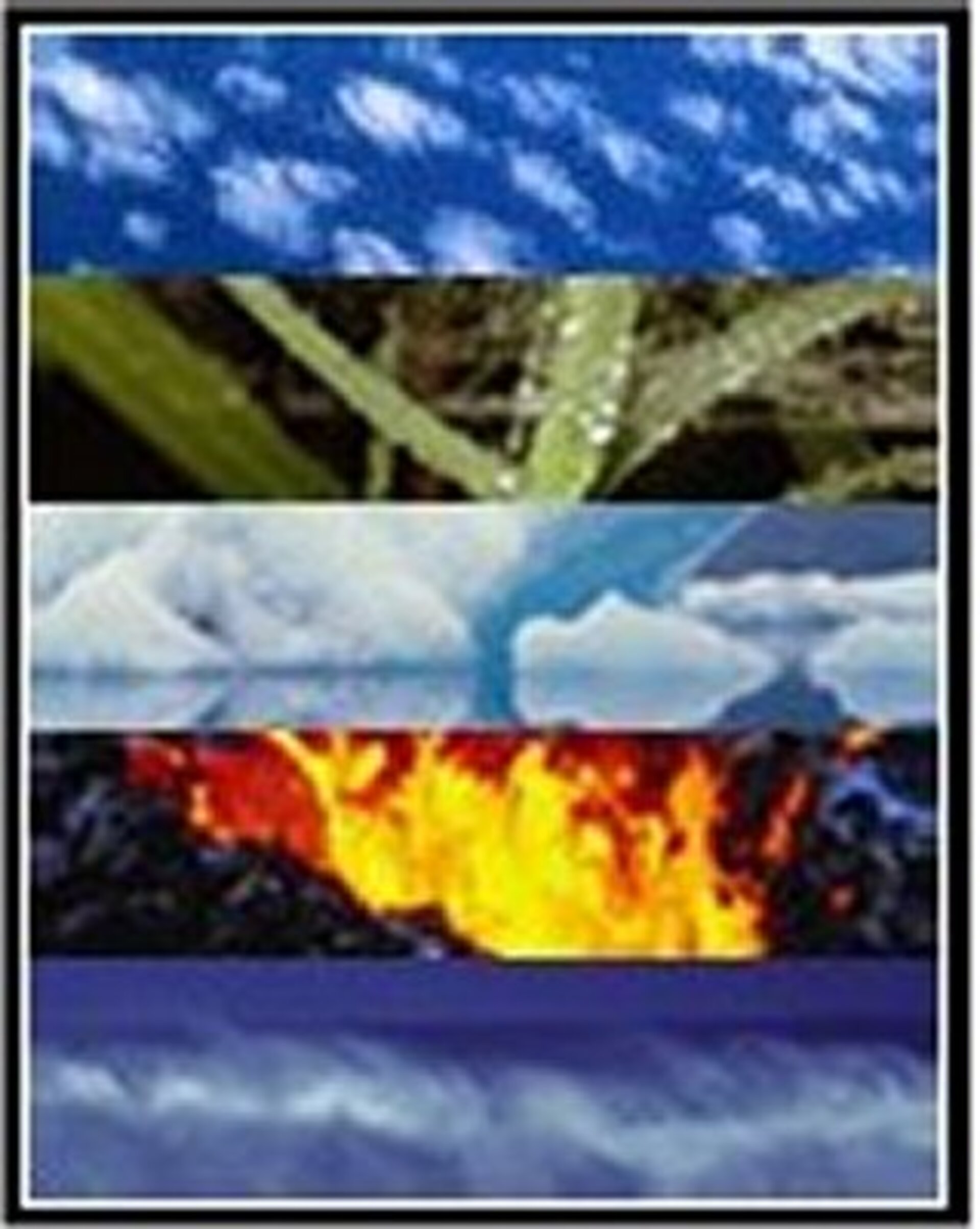Five candidate core missions presented at Granada 2001
In June 2000 the European Space Agency issued a call for ideas for the next Earth Explorer Core Missions. Ten proposals were received, spanning the interests of the whole Earth science community and involving some 180 scientists from ESA member states and Canada, plus countries such as Japan and the USA.
The ten missions proposed were:
- ACECHEM - atmospheric chemistry explorer
- CARBOSAT - a mission dedicated to monitoring of the carbon cycle
- CLOUDS - a cloud, aerosol, radiation and precipitation explorer
- EarthCARE - Earth clouds aerosol and radiation explorer
- GeoSCIA++ - a passive remote sensing experiment assessing the impact of regional tropospheric pollution on global change
- LICODY - laser interferometry for core and ocean dynamics
- SPECTRA - surface processes and ecosystems changes through response analysis
- WALES - water vapour lidar experiment in space
- WATS - water vapour and wind in atmospheric troposphere and stratosphere
- W_WISE - atmospheric windows and clouds, water vapour, ozone, carbon dioxide, infrared spectral radiation explorer.
All ten proposals have been evaluated by the Earth Sciences Advisory Committee, who assessed them and selected five for preliminary studies, but also made specific recommendations to ESA for furthering all ten missions. The five proposals retained were (in alphabetic order):
- ACECHEM
- EarthCARE
- SPECTRA
- WALES
- WATS
On 20 November 2000, ESA approved the recommendations of the Earth Sciences Advisory Committee. All five missions will be presented at a Workshop to be held in Granada, Spain, during the week of 29 October 2001. During this meeting the five missions will be presented to the user community for comment and reaction as a prelude to their further assessment, to decide which should go forward first into Phase A (feasibility level) and later implementation.
The Earth Science Advisory Committee (ESAC) are to make recommendations in Granada, which will then be forwarded to the Programme Board for Earth Observation (PBEO) for decision. For this assessment five reports have been drafted by Science Preparatory Groups (SPGs), which consist of leading European experts in their fields.


